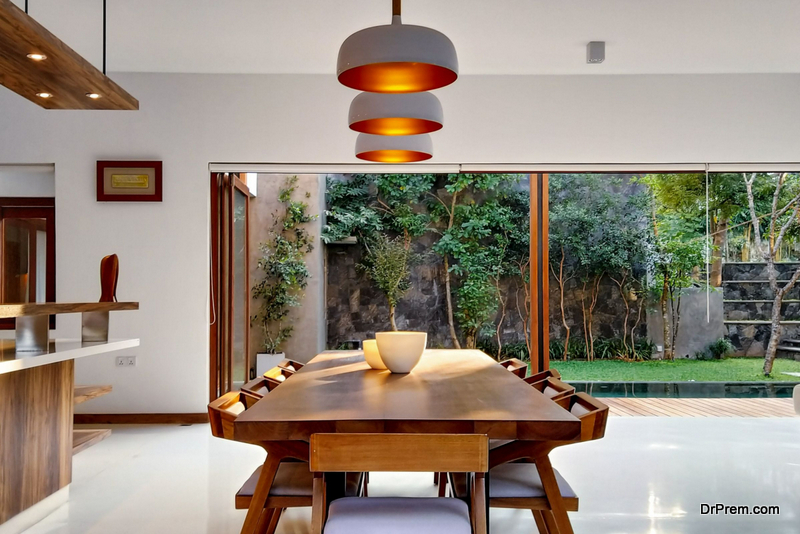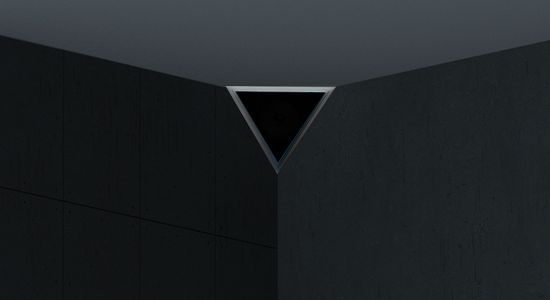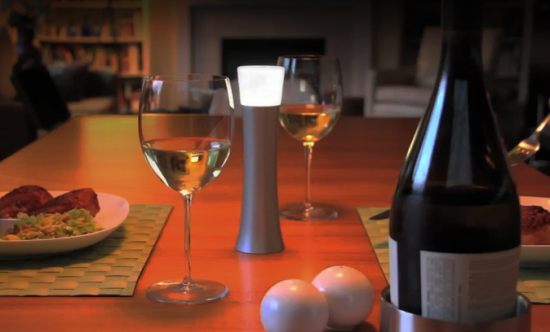A transformative trend is sweeping through the field of interior design. As society increasingly recognizes the profound influence our environments wield on our mental well-being, a movement has emerged that transcends traditional aesthetics.
Interior designers are now seamlessly integrating neuroscience and design principles to reshape spaces into sanctuaries of tranquility. The mission is clear—to create environments that not only engage the senses but also contribute to the holistic well-being of those who occupy them.
Dr. Stacey Moore is a surgeon turned neuroaesthetic designer at Ceyise Studios, who is using neuroaesthetic design to help clients craft spaces with well-being in mind, “My artistic process is deeply intertwined with my personal experiences and the exploration of neuroaesthetics. Struggling with Alexithymia, I often turn to tools like ‘What Am I Feeling?’ by John Gottman, PhD, and emotion charts to decipher my feelings, which then inspire my artwork. Art is my portal to self-expression, a means to convey those emotions with colorful storytelling.”
The Science of Serenity
Dr. Stacey’s journey into the world of neuroaesthetics began as a personal quest for emotional expression, a journey fueled by the desire to create spaces that resonate with a sense of calm and invitation. Her expertise as a Certified Color and Fine Art Consultant, coupled with her background in surgery, uniquely positions her to merge the precision of science with the fluidity of artistic expression. Her understanding of the profound impact of color, light, and form on the human psyche forms the cornerstone of her approach, transforming spaces into more than just visually appealing environments.
At the core of Dr. Stacey’s neuroaesthetic design philosophy lies the intention to cultivate calm and inviting spaces. This thoughtful approach involves a consideration of:
Color Palette: Carefully selecting hues that evoke serenity and balance, catering to the occupants’ emotional needs.
Lighting Design: Harnessing the power of natural and artificial light to enhance mood and ambiance, fostering a sense of comfort.
Texture and Form: Introducing tactile elements and fluid forms that engage the senses, creating a harmonious blend of aesthetics and comfort.
In the exploration of neuroaesthetics, the focus is on creating spaces that not only please the eye but also contribute to a sense of tranquility and emotional resonance—a mindful endeavor into the art and science of design.
Dr. Stacey explains further, “I am a practitioner of new media expressionism; my artistic process is an intricate dance with technology and emotion. It begins with a digital photograph or a carefully curated generative AI image, serving as my underpainting for what becomes a layered narrative. Using high-tech tools like Photoshop and Topaz Labs, I delve into color theory, applying my understanding of neuroaesthetics to enhance the emotional resonance of each piece. The textures, whether virtual or tactile, are carefully chosen to complement the work’s thematic core, often adding a dimensional quality that invites touch, even in its digital form. Forms and abstraction play a significant role, allowing viewers to engage with familiar shapes while being drawn in by the interplay of colors.
The end result? A vivid canvas that resonates on multiple levels. It’s like a modern Rorschach test – each viewer sees something different, something personal.”
Article Submitted By Community Writer




